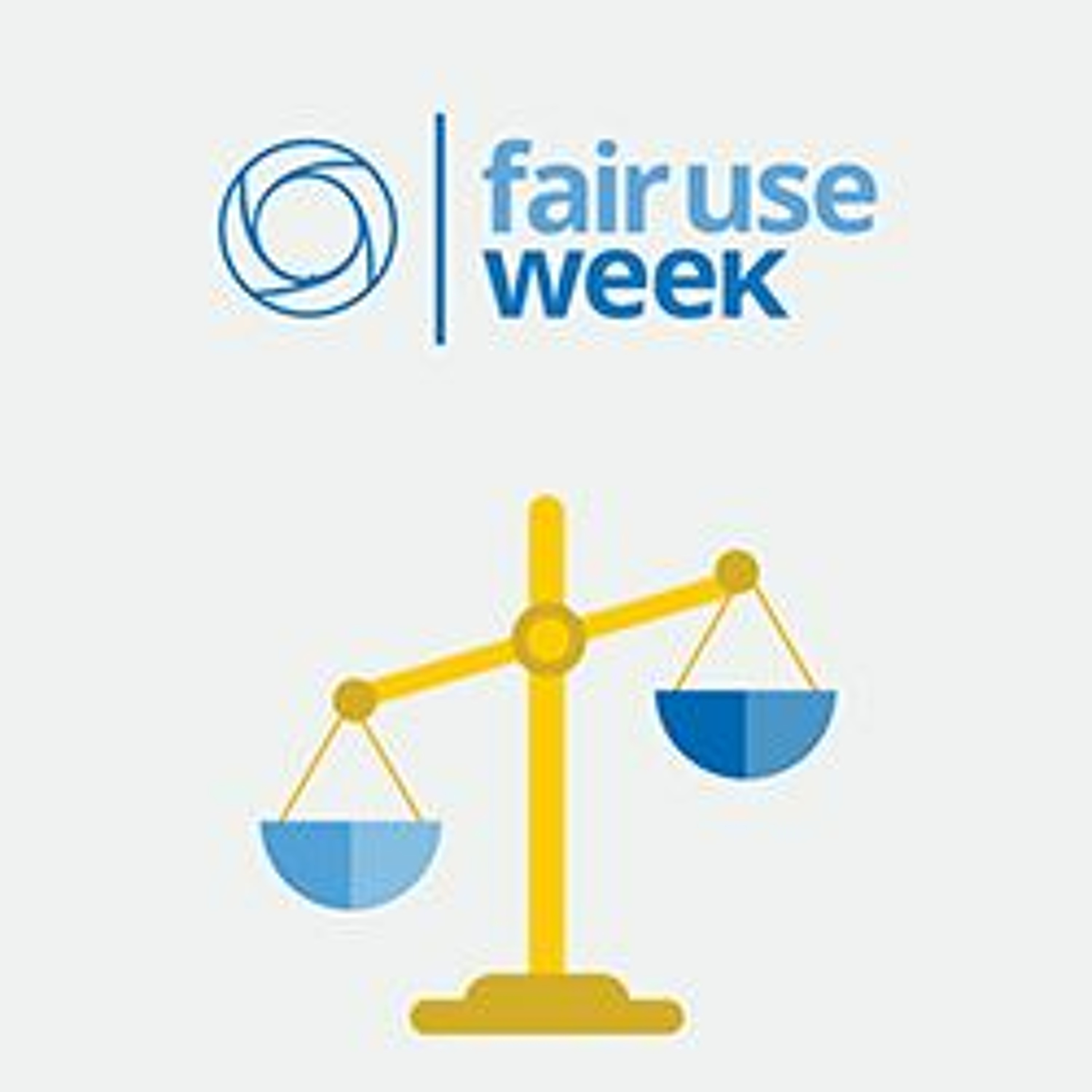- Technology
- SEE MORE
- classical
- general
- talk
- News
- Family
- Bürgerfunk
- pop
- Islam
- soul
- jazz
- Comedy
- humor
- wissenschaft
- opera
- baroque
- gesellschaft
- theater
- Local
- alternative
- electro
- rock
- rap
- lifestyle
- Music
- como
- RNE
- ballads
- greek
- Buddhism
- deportes
- christian
- piano
- djs
- Dance
- dutch
- flamenco
- social
- hope
- christian rock
- academia
- afrique
- Business
- musique
- ελληνική-μουσική
- religion
- World radio
- Zarzuela
- travel
- World
- NFL
- media
- Art
- public
- Sports
- Gospel
- st.
- baptist
- Leisure
- Kids & Family
- musical
- club
- Culture
- Health & Fitness
- True Crime
- Fiction
- children
- Society & Culture
- TV & Film
- gold
- kunst
- música
- gay
- Natural
- a
- francais
- bach
- economics
- kultur
- evangelical
- tech
- Opinion
- Government
- gaming
- College
- technik
- History
- Jesus
- Health
- movies
- radio
- services
- Church
- podcast
- Education
- international
- Transportation
- Other
- kids
- podcasts
- philadelphia
- Noticias
- love
- sport
- Salud
- film
- and
- 4chan
- Disco
- Stories
- fashion
- Arts
- interviews
- hardstyle
- entertainment
- humour
- medieval
- literature
- alma
- Cultura
- video
- TV
- Science
- en
How Fair Use Works, in Six Minutes or Less

An artist, musician, or writer can\u2019t just take another person's creation and claim it as their own. Federal law outlines how creators can and can\u2019t borrow from each other. These rules are collectively called "copyright law," and essentially they give creators the exclusive right to copy, modify, distribute, perform, and display their creative works. \n\nCopyright law was originally created as an incentive. If creators aren\u2019t worrying about whether someone might steal their work, they\u2019re more likely to share their ideas with the public. This kind of sharing in turn helps to create more ideas, products, jobs, art, and whole industries.\n\nBut even with copyright there are exceptions, or times where another artist can use a copyrighted work within getting the copyright holder\u2019s permission. This safe zone is called "Fair Use."\n\nOn this episode of the podcast we'll tell you everything you need to know about Fair Use in 6 minutes!\n\nReference Section\nPhoto courtesy of Fair Use/Fair Dealing Week \nMusic courtesy of \u201cBeta Blocker\u201d -Anitek\nThis week's episode was written by Leo Angelakos, Elizabeth Gillis, Daniel Dennis Jones, and Olga Slobodyanyuk, and edited by Elizabeth Gillis.\nVisit http://www.fairuseweek.org for even more information and resources on Fair Use\nVisit http://dlrp.berkman.harvard.edu/ for information on how to incorporate digital resources and fair use friendly practices in classrooms\n\nSpecial thanks this week to Andres Lombana-Bermudez of the Youth & Media Team, and Chris Bavitz of the Cyberlaw Clinic.\n\nFor more information on this episode, including a transcript, visit http://cyber.law.harvard.edu